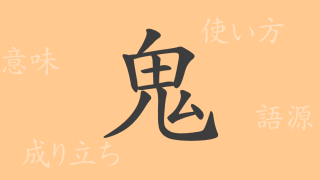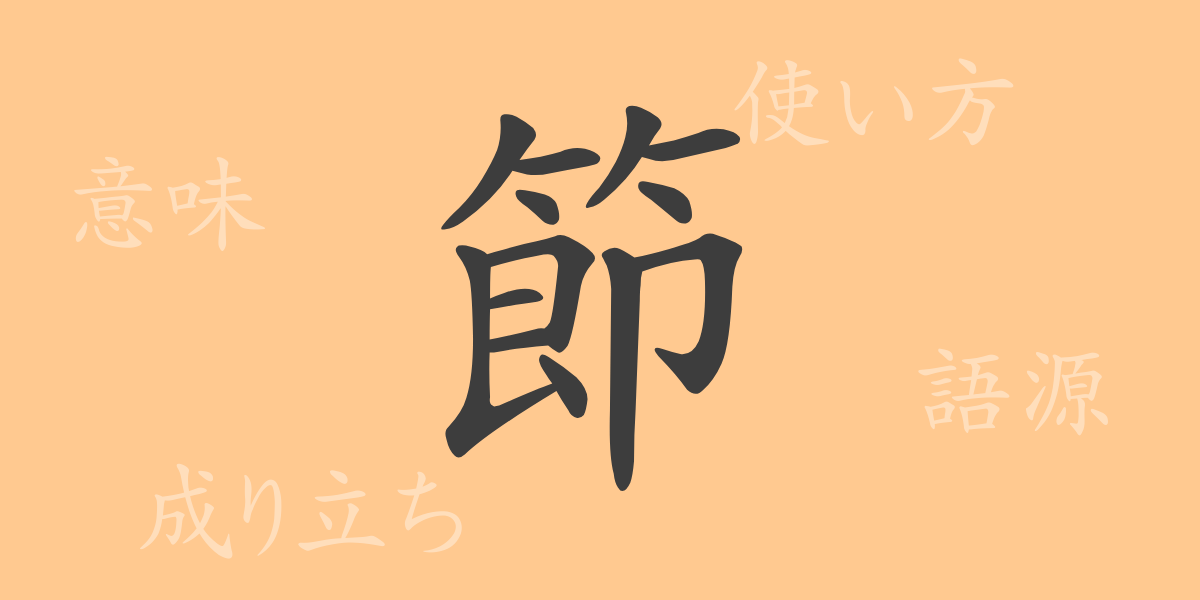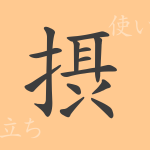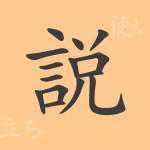The beauty of the Japanese written language is enriched by the depth and aesthetic of kanji characters. Among these, “節” (セツ) is frequently used to represent concepts related to nature, time, and human behavior. This article explores the etymology, modern usage, and the rich expressiveness of “節,” shedding light on how it seamlessly integrates into the tapestry of Japanese culture.
Origins of 節 (セツ)
The kanji “節” traces its roots back to ancient Chinese oracle bone script. It is composed of “竹” (たけ), meaning bamboo, combined with “刀” (かたな), which signifies cutting. This combination originally depicted the act of making notches in bamboo, symbolizing division or limitation, which evolved to mean “sections” or “limits” over time.
Meaning and Usage of 節
“節” has multiple meanings and is used in various contexts. Commonly, it denotes divisions of time or place, such as seasons or significant moments. It is also used to describe nodes in plants or measures in music, symbolizing parts of a continuous sequence. Additionally, it appears in expressions related to behavior and ethics, such as moderation (節度) and thriftiness (節約).
Readings, Stroke Count, and Radical of 節
The kanji “節” is multifaceted in both its form and significance within the Japanese language.
- Readings: The on’yomi (Sino-Japanese reading) is “セツ,” and the kun’yomi (native Japanese reading) is “ふし.”
- Stroke Count: “節” consists of 13 strokes.
- Radical: The radical of “節” is “竹” (たけかんむり), relating to bamboo.
Idioms, Phrases, and Proverbs Using 節
There are numerous idioms, phrases, and proverbs that include “節,” each illustrating the kanji’s versatility and depth. For example, “節約” (せつやく) advocates for economizing and valuing resources, while “節度” (せつど) refers to moderation in actions or speech. “一節を唄う” (ひとふしをうたう) means to sing a part of a song, and “節目節目” (ふしめふしめ) highlights important moments or phases. The proverb “臍を噛むより節を噛む” (ほぞをかむよりせつをかむ) suggests that living a frugal life is preferable to wasteful spending.
Conclusion on 節
The kanji “節” reflects the rhythms of the natural world and the principles of human society. Being mindful of “節” in our daily lives encourages us to value time and resources, offering a pathway to a balanced lifestyle. Through “節,” we gain opportunities to reconsider our harmony with nature and our interactions within society.

























